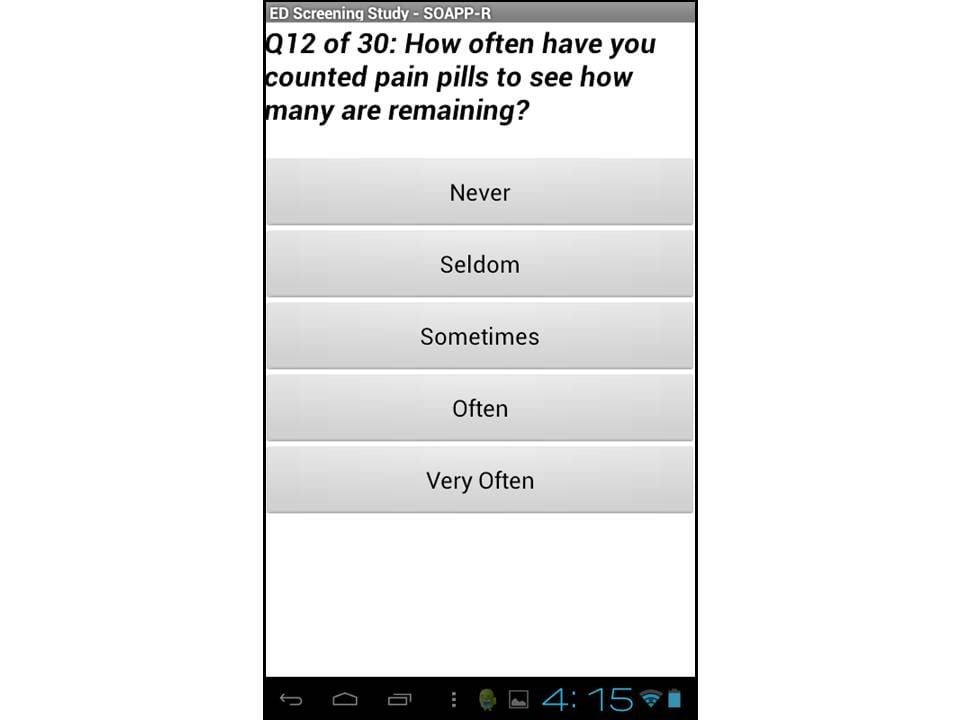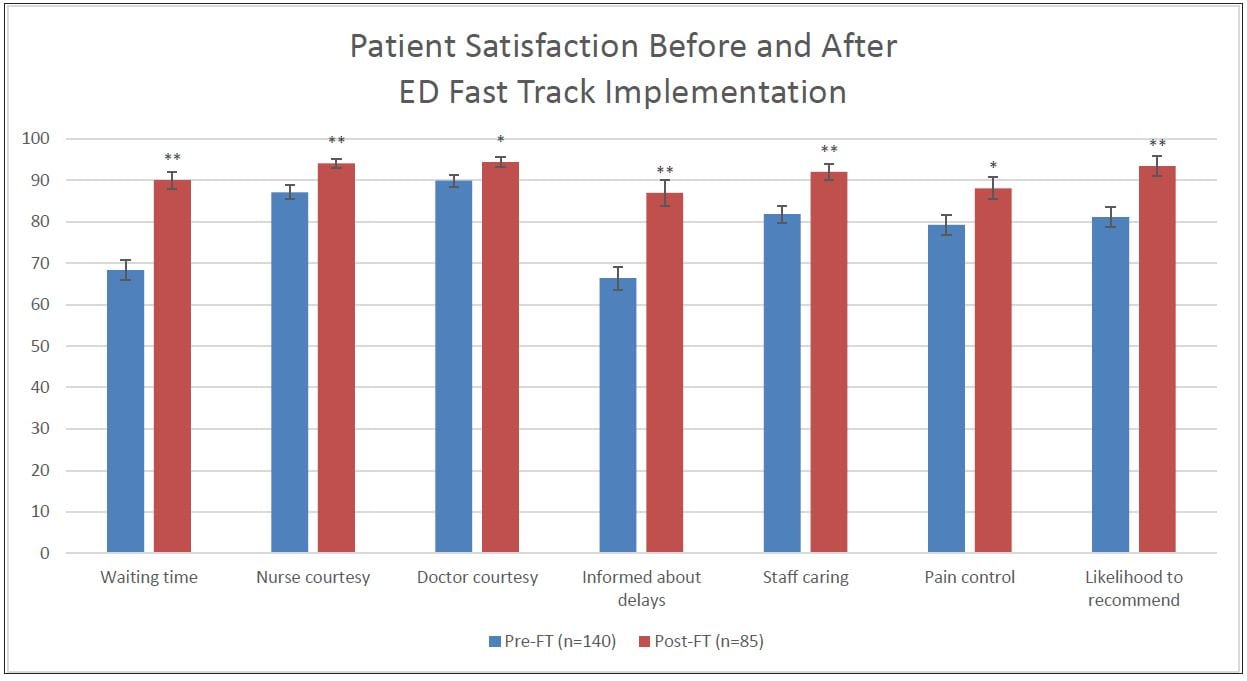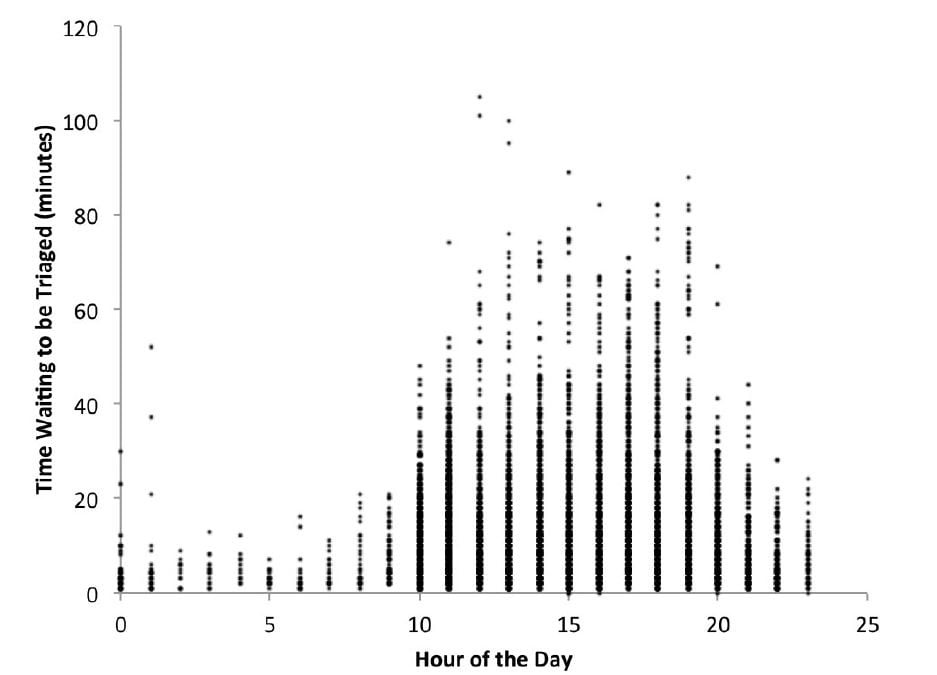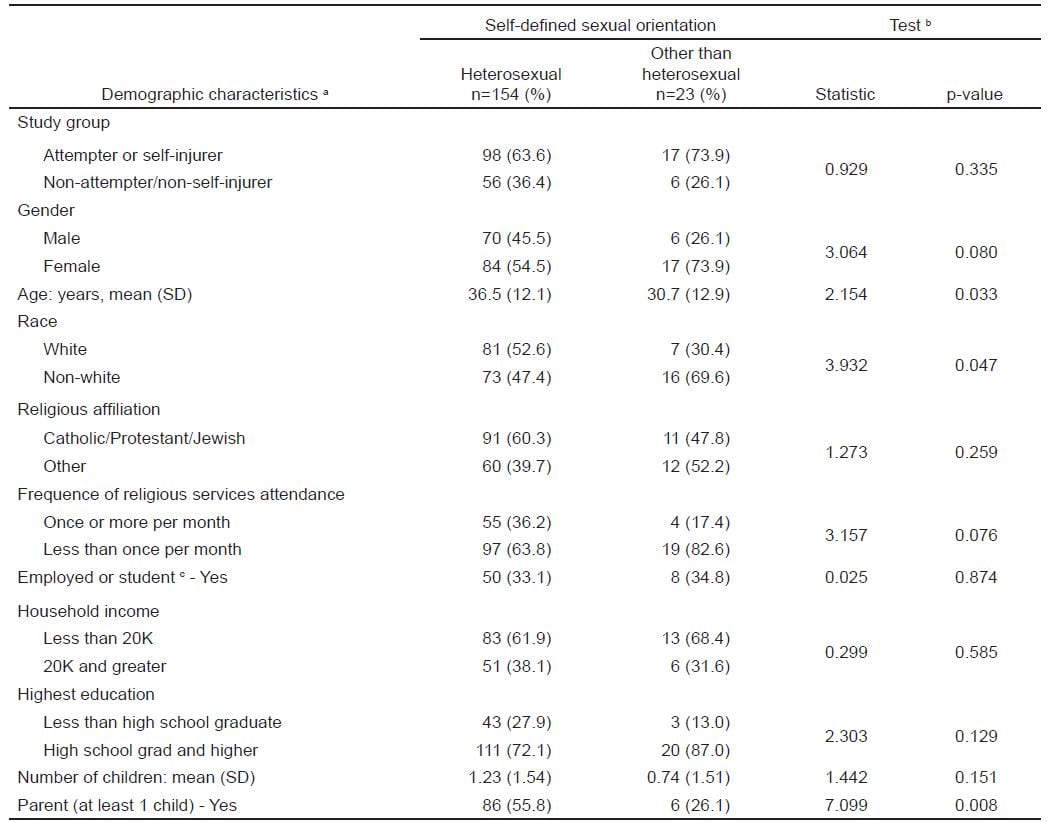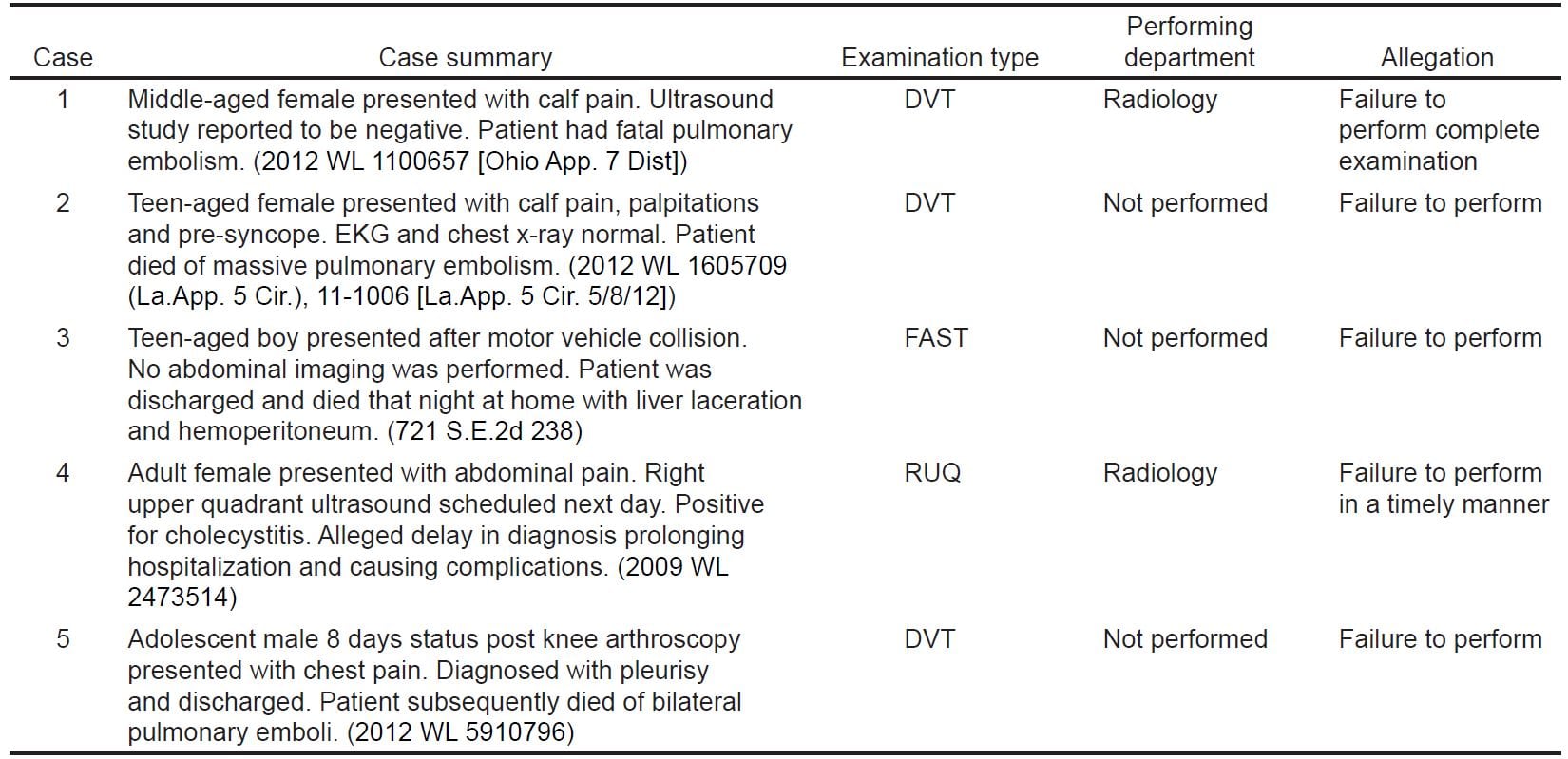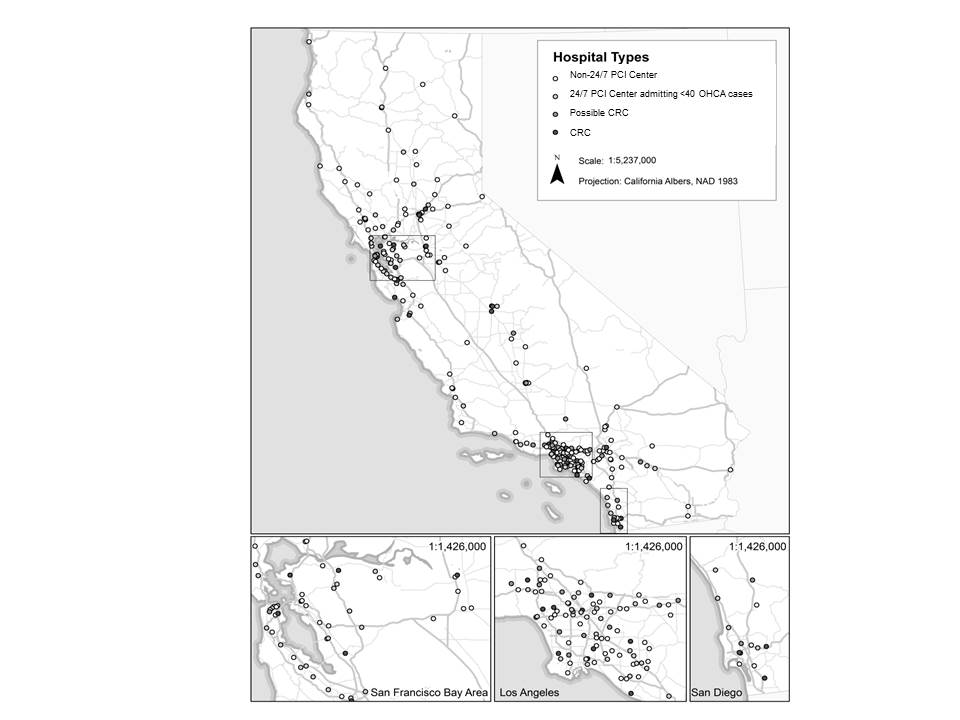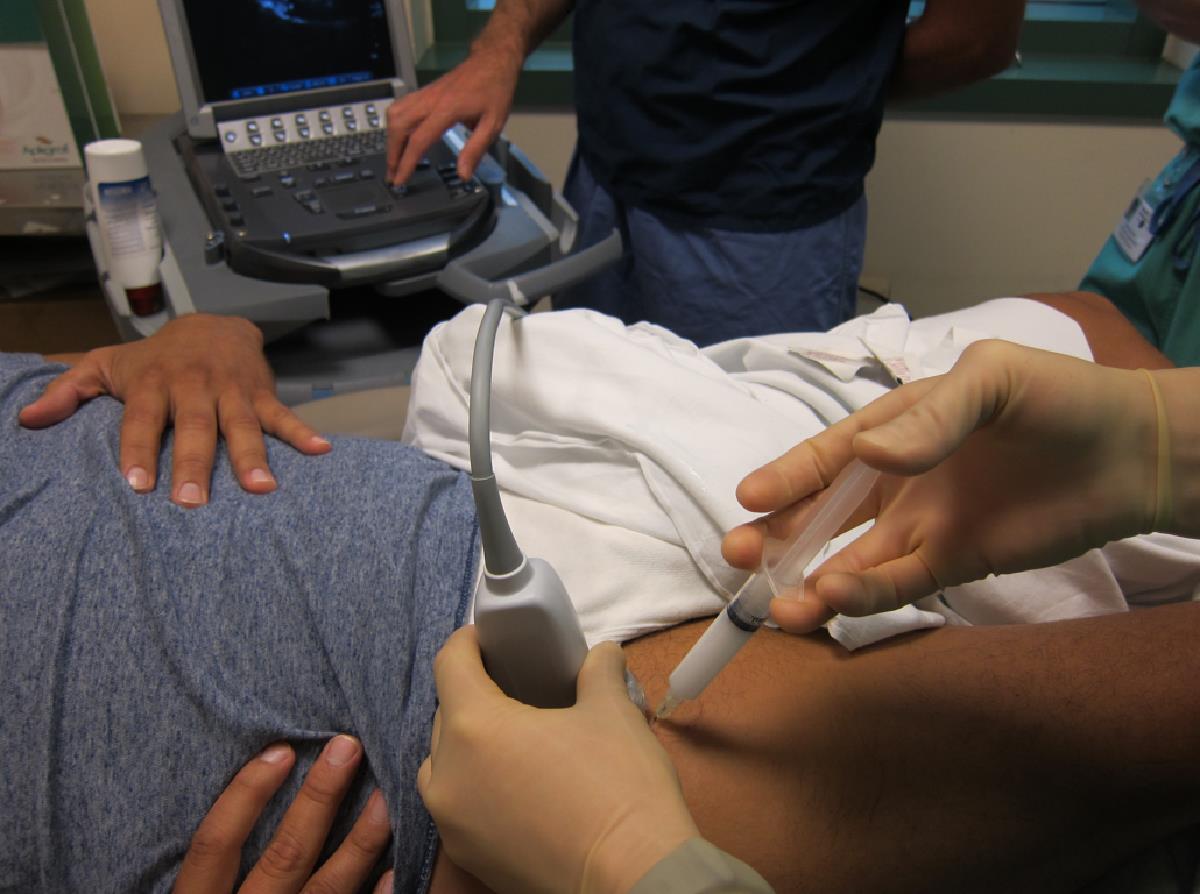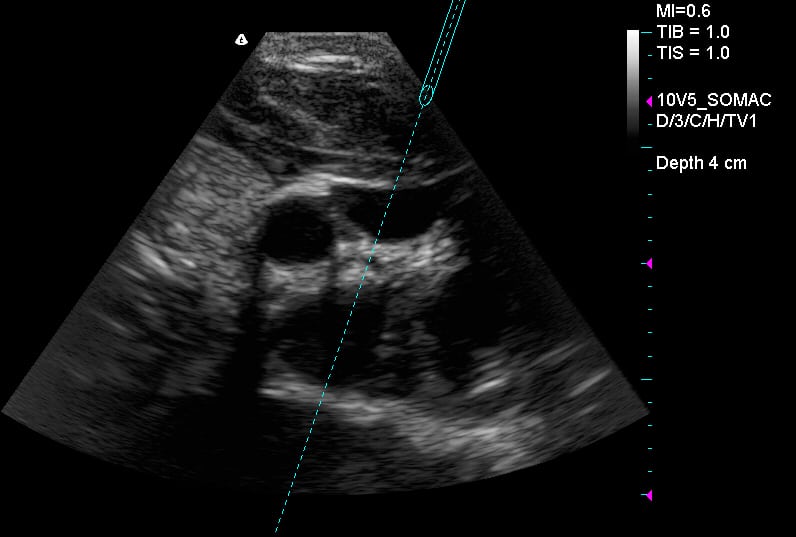Brief Research Report
Population Health Research Design
Feasibility of Tablet Computer Screening for Opioid Abuse in the Emergency Department
Westjem Read More
Emergency Department Operations
Effect of an Emergency Department Fast Track on Press-Ganey Patient Satisfaction Scores
Westjem Read More
Emergency Department Operations
Waiting for Triage: Unmeasured Time in Patient Flow
Westjem Read More
Emergency Department Operations



